Last updated on
Discover effective strategies to keep your couch cushions firmly in place, preventing them from sliding and enhancing the overall comfort of your seating experience.
Have you ever sat down on your couch, only to find yourself constantly readjusting the cushions that keep sliding out from under you? It’s a frustrating experience, and one that many homeowners have dealt with. Fortunately, there are several simple solutions to this common problem.
In this article, we’ll explore some of the most effective ways to stop couch cushions from sliding around, so you can finally relax in peace and comfort on your favorite piece of furniture.
Key takeaways:
- Assess your couch design
- Choose anti-slip products
- Apply gripper pads
- Use Velcro strips
- Install non-slip tape
Table of Contents
Assess Your Couch Design
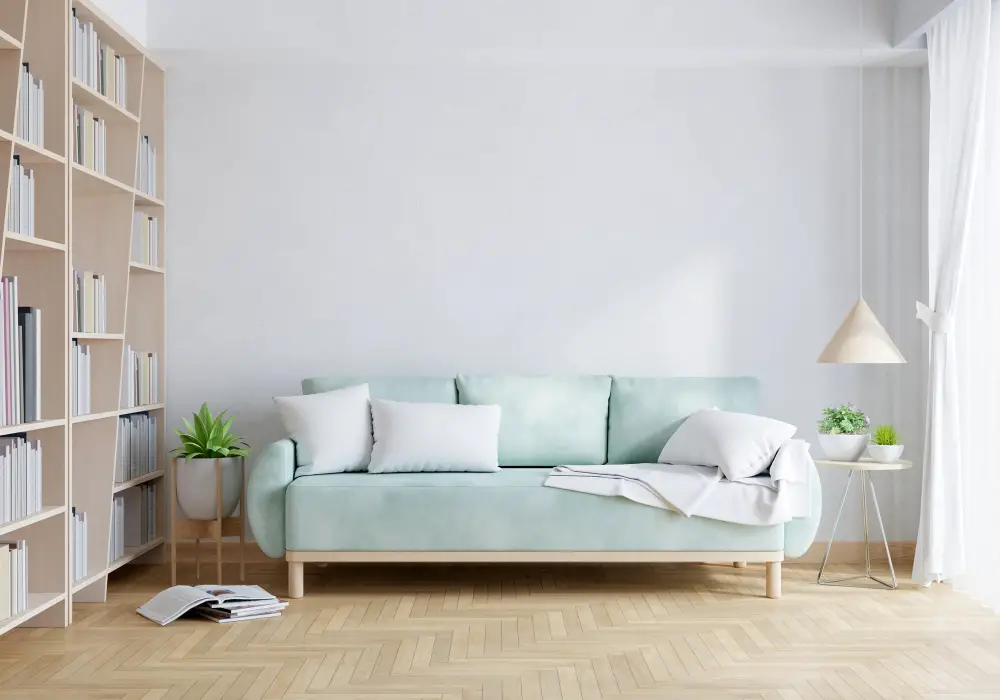
The first step in preventing your couch cushions from sliding is to assess the design of your furniture. Different types of couches may require different solutions, so it’s important to understand what you’re working with before trying any fixes.
Start by examining the base and frame of your couch. Is it made from wood or metal? Does it have legs or a solid base? These factors can affect how much movement occurs when people sit down on the sofa.
Next, take a look at the cushions themselves. Are they loose and easily movable, or are they firmly attached to the frame? If they’re not secured in place, then there’s more potential for them to slide around during use.
Choose Anti-Slip Products

These are specially designed materials that create friction between the cushion and the surface it rests on, keeping it in place. There are several types of anti-slip products available, including rubberized mats, gripper pads, non-slip tape and hook-and-loop fasteners.
When choosing an anti-slip product for your couch cushions, consider factors such as durability and ease of use. Some options may require more effort to install or maintain than others but offer a longer-lasting solution.
Apply Gripper Pads
These are adhesive-backed rubber or silicone pads that can be easily applied to the bottom of your cushions, providing a non-slip surface that keeps them in place.
To apply gripper pads, start by cleaning and drying the bottom surface of your cushion. Then, peel off the backing paper from one side of the pad and press it firmly onto your cushion’s underside.
Repeat this process for each corner or edge where you want extra grip.
Gripper pads come in various shapes and sizes to fit different types of furniture pieces and cushion designs. They are affordable, easy-to-use solutions that can make a significant difference in preventing unwanted movement on your couch.
However, keep in mind that some gripper pad adhesives may leave residue on certain upholstery fabrics when removed over time.
Use Velcro Strips
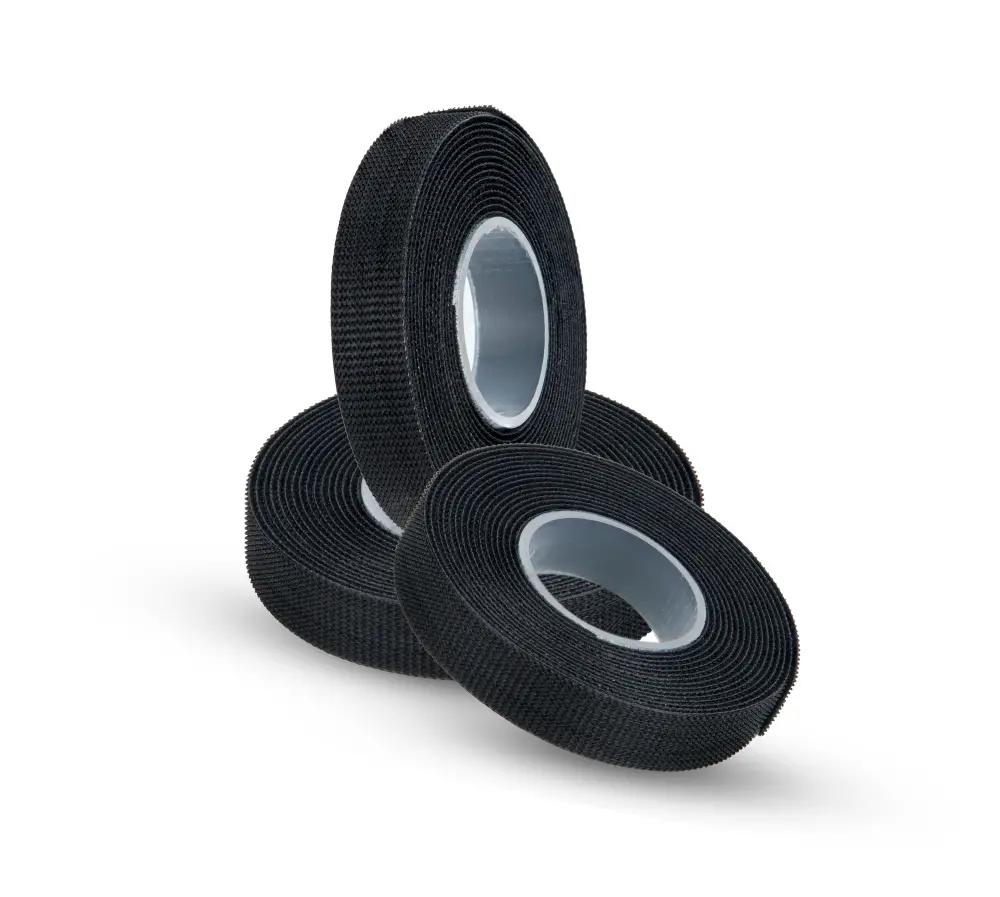
Simply attach one side of the Velcro strip to the bottom of your cushion and the other side to the corresponding spot on your couch frame. This will create a strong bond that prevents any movement or slipping.
One advantage of using Velcro strips is that they can be easily removed and repositioned if needed, without leaving any residue or damage behind. They come in various sizes and strengths, so you can choose what works best for your specific needs.
When applying Velcro strips, make sure both surfaces are clean and dry before attaching them together for maximum adhesion. You may also want to consider reinforcing with additional adhesive if necessary.
Install Non-Slip Tape
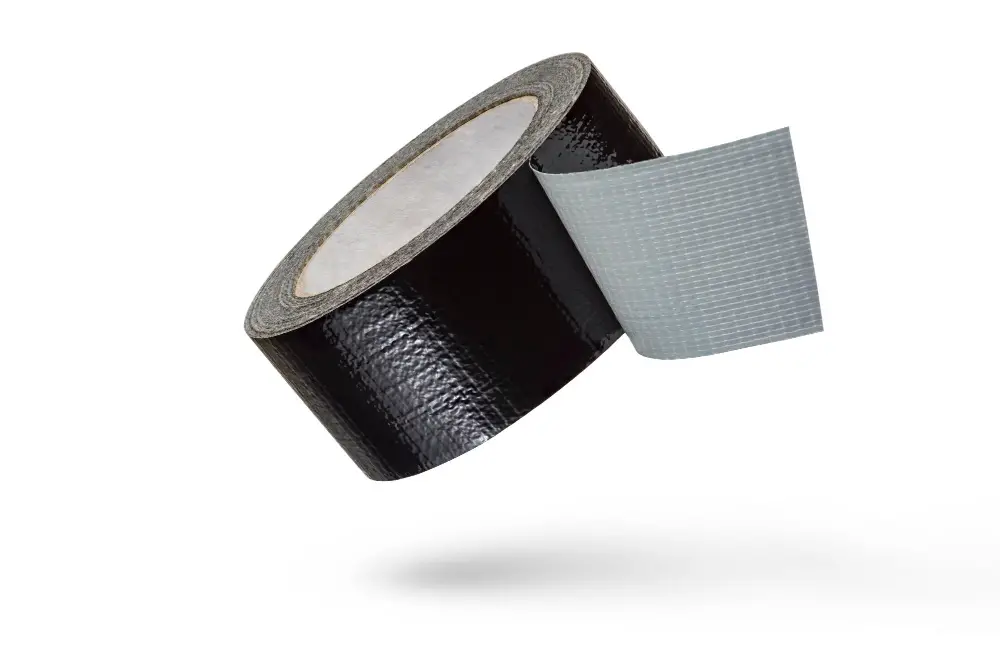
This type of tape has a sticky surface that adheres to both the cushion and the couch frame, creating a secure grip that keeps everything in place. Non-slip tape is easy to apply and can be found at most hardware stores or online retailers.
To install non-slip tape, start by cleaning the area where you want it placed with rubbing alcohol or another cleaning solution. Then, cut strips of non-slip tape to fit along each side of your cushion’s bottom surface.
Peel off the backing paper and carefully press each strip onto its corresponding spot on your couch frame.
Once all strips are in place, gently press down on each one for several seconds to ensure they adhere properly. Allow them some time (usually 24 hours) before using your sofa again so they can fully set into position.
Use Hook-and-Loop Fasteners
These fasteners consist of two strips: one with tiny hooks and the other with small loops that interlock when pressed together. To use hook-and-loop fasteners to prevent your couch cushions from sliding around, simply attach one strip to the bottom of each cushion and another strip to the corresponding spot on your couch frame.
One advantage of using hook-and-loop fasteners is their ease of installation and removal. They can be easily attached or removed without damaging either your cushions or furniture frame.
They come in various sizes and strengths depending on how heavy-duty you need them.
However, it’s important to note that over time these strips may lose their grip due to wear and tear or exposure to moisture. Therefore it’s essential that you regularly check them for any signs of damage or weakening adhesion so you can replace them promptly if needed.
Apply Upholstery Tacks

These small, sharp nails can be easily inserted into the bottom of your cushions and will hold them securely in place. To apply upholstery tacks, simply flip over each cushion and carefully hammer a tack into each corner.
Be sure to space them out evenly for maximum stability.
While this method may require a bit more effort than some of the other options on our list, it’s also one of the most durable solutions available. Once you’ve applied upholstery tacks to your couch cushions, they’ll stay put for years to come without any need for readjustment or maintenance.
Adjust Cushion Fillings
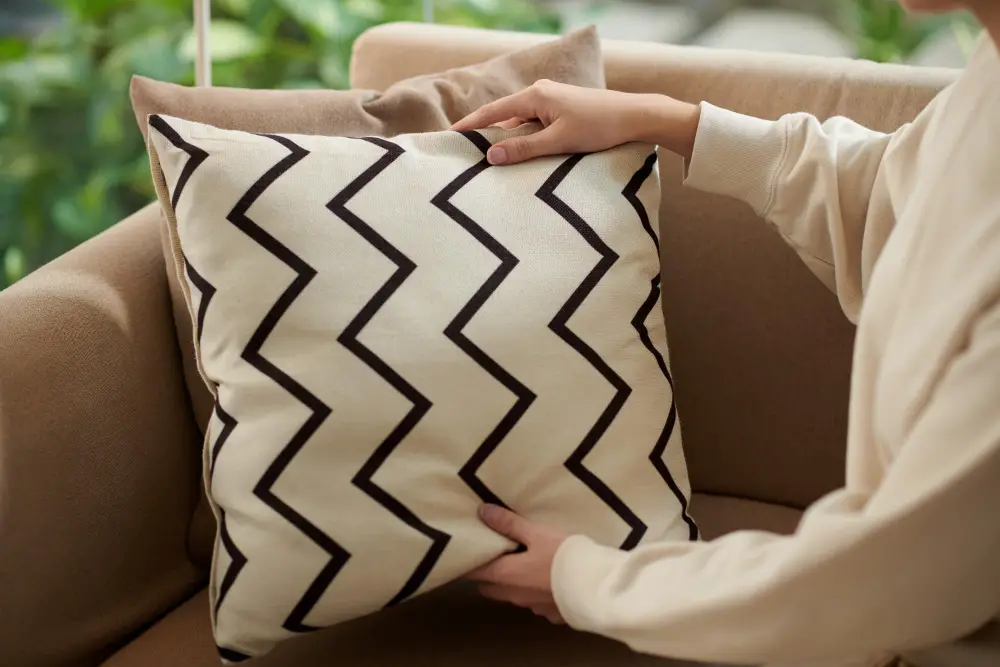
Over time, cushion fillings can become compressed and lose their shape, making them more likely to shift out of place. To fix this issue, you may need to adjust or replace the filling in your cushions.
One option is to add more stuffing material into the cushion covers. This will help make them firmer and less prone to shifting around on the couch.
Alternatively, you can remove some of the existing stuffing if it’s too much for your liking.
Another solution is replacing old foam with new high-density foam that provides better support and structure for your cushions.
Opt for Rubberized Mats
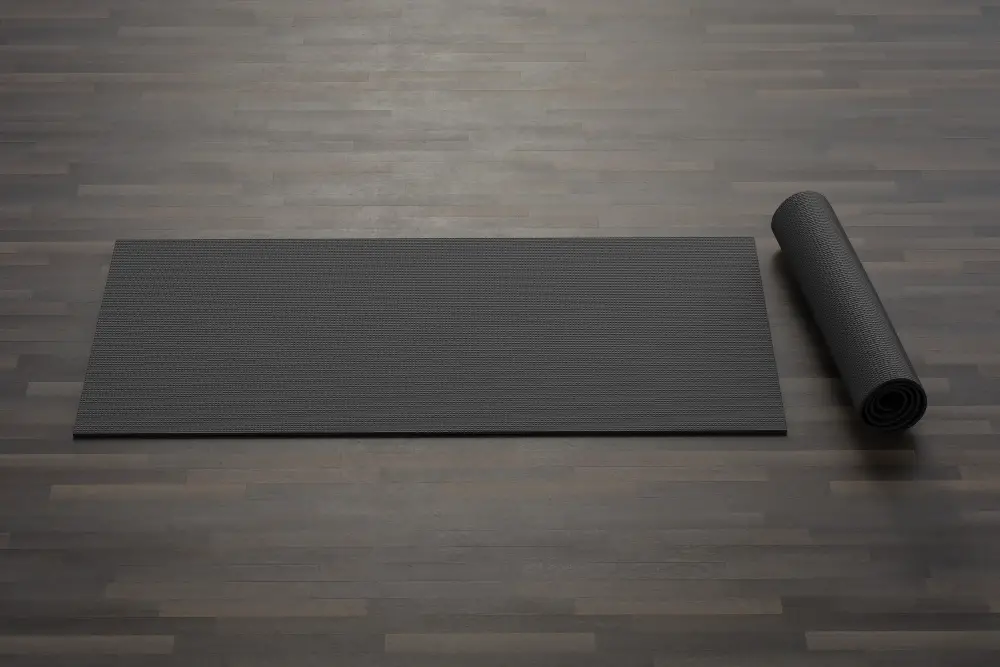
These mats can be placed underneath the cushions to provide a non-slip surface that keeps them in place. Rubberized mats come in various sizes and thicknesses, so it’s important to choose one that fits your couch properly.
To use rubberized mats, simply lay them flat on the seat of your couch before placing the cushions on top. The rubber material will create friction between the cushion and mat, keeping it securely in place even during heavy use.
One thing to keep in mind when using rubberized mats is that they may not work as well with leather or vinyl upholstery due to their smooth surfaces. In these cases, you may need to consider other anti-slip solutions such as gripper pads or hook-and-loop fasteners.
Create Couch Anchor Straps
This method involves attaching straps or ties to the bottom of your couch frame and securing them around each cushion. You can use any sturdy material such as nylon webbing or leather strips for this purpose.
To create these anchor straps, measure and cut two pieces of material per cushion that are long enough to wrap around both the cushion and the sofa frame with some extra length left over. Sew one end of each strap onto either side of your cushions using heavy-duty thread.
Next, attach D-rings or buckles onto both ends of each strap by sewing them securely into place. Loop one end through a secure point on your couch’s frame (such as a leg) before threading it back through its buckle or D-ring on top of the corresponding cushion corner.
Implement Taut Elastic Bands
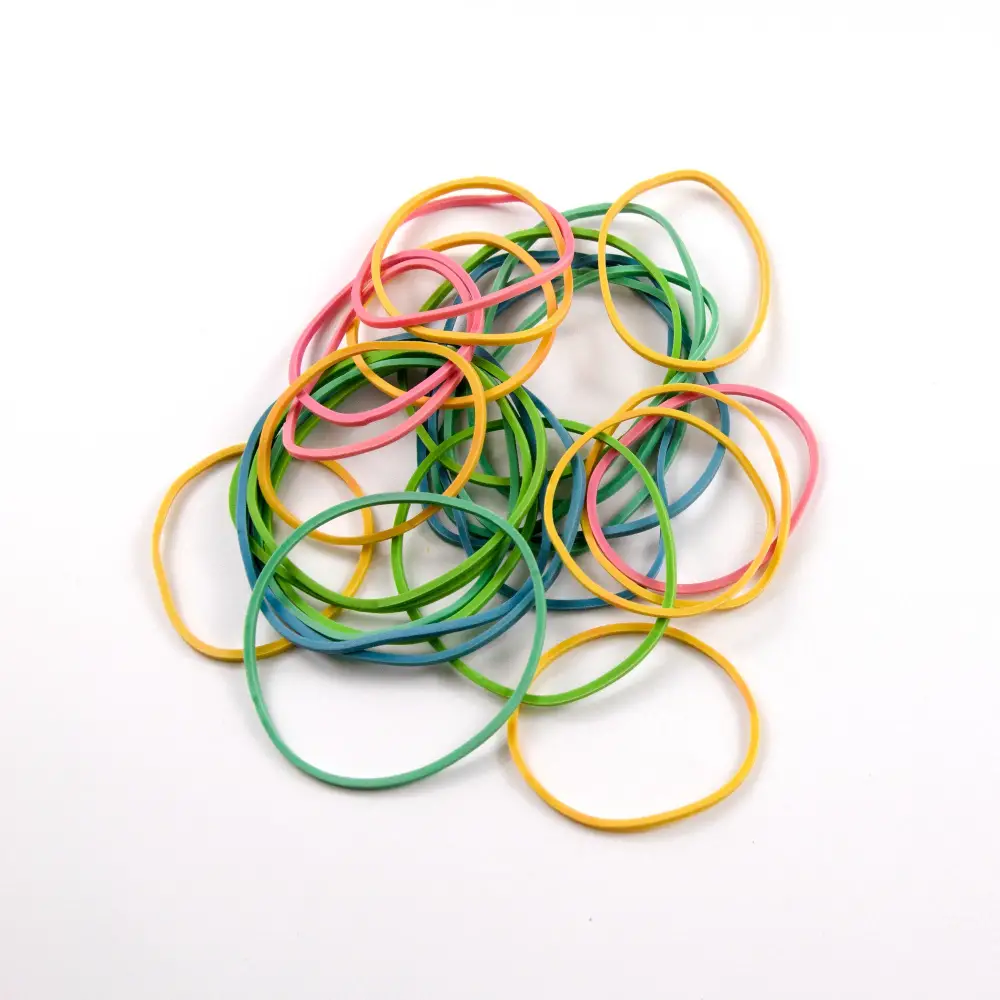
This method involves attaching elastic bands to the bottom of your cushions and securing them around the frame of your couch. The tension created by the stretched-out band will keep your cushion in place, preventing it from slipping out.
To implement this solution, you’ll need a few supplies: strong elastic bands (preferably with hooks on both ends), scissors, and a staple gun or upholstery tacks. Start by measuring how much length you’ll need for each band – make sure they’re tight enough to hold down the cushion but not so tight that they cause discomfort when sitting.
Next, attach one end of each band onto either side of your cushion using staples or upholstery tacks. Then stretch out each band across the underside of your couch’s frame and hook it onto an anchor point on either side – this could be anything sturdy like metal brackets or screws drilled into wooden legs.
Sew Cushion Attachments
This method involves attaching small loops or ties to the bottom of each cushion, which can then be secured to the frame of the couch using hooks or other fasteners.
To sew cushion attachments, start by measuring and cutting strips of fabric that are long enough to wrap around each cushion. Fold these strips in half lengthwise and sew them into tubes.
Then, turn these tubes right-side out and attach one end securely to the bottom corner of each cushion using a strong needle and thread.
Next, measure where you want your attachment points on your couch frame – typically at least two per seat – then mark those spots with chalk or another temporary marker. Sew corresponding loops onto those marks on both sides under cushions so they match up when placed back on top after cleaning time comes around again!
Reinforce Couch Frame
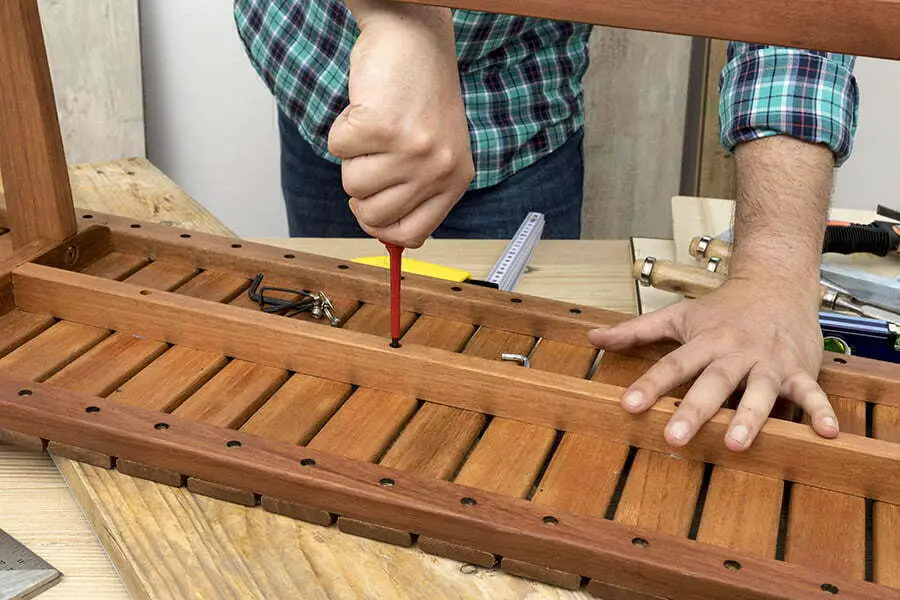
A weak or damaged frame can cause cushions to shift around, so it’s important to ensure that the structure of your furniture is sturdy enough to support them.
To reinforce a couch frame, start by examining the joints where pieces of wood meet. If these areas are loose or wobbly, use wood glue and clamps to secure them together.
You can also add additional screws or nails for extra reinforcement.
Another option is adding corner braces made from metal brackets that attach at right angles between two pieces of wood on each corner joint. This will provide added stability and prevent any movement in the cushion area.
Regularly Adjust Placement

Over time, even the most secure anti-slip products can lose their effectiveness due to wear and tear or changes in humidity levels. By taking a few moments each day to check that your cushions are still in place, you can ensure that they stay put and maintain optimal comfort for all who use your couch.
To make this process easier, consider setting a reminder on your phone or calendar so you don’t forget. You may also want to enlist other members of your household to help with this task if it’s something everyone benefits from.
Conduct Routine Maintenance
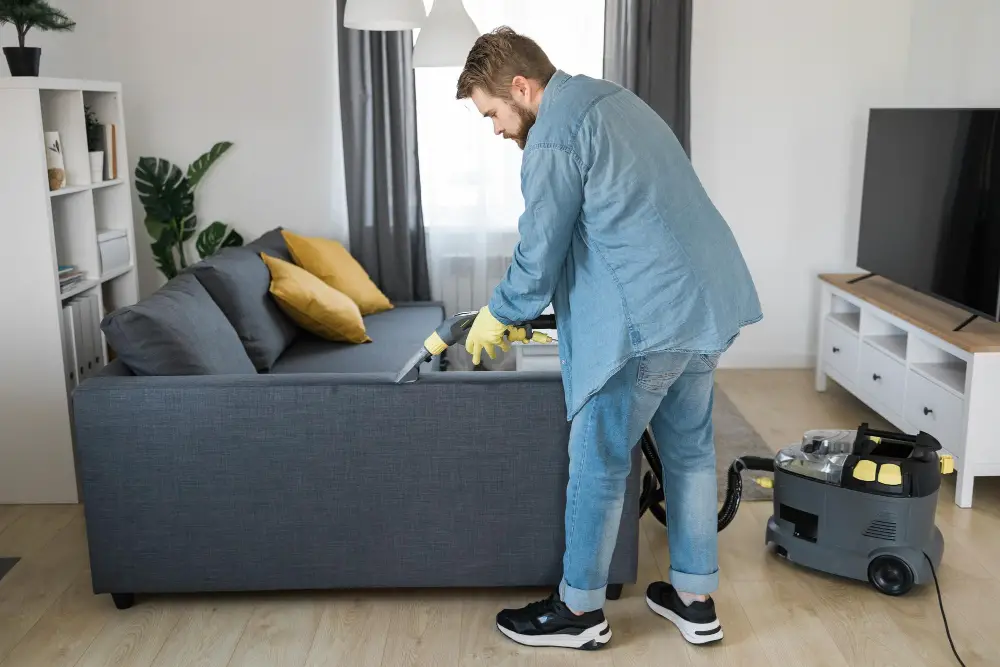
This includes regularly fluffing and rotating them, as well as vacuuming any debris or crumbs that may have accumulated between the cushions. By keeping your couch clean and well-maintained, you can help prevent wear and tear that could contribute to sliding cushions.
Furthermore, if you notice any damage or deterioration in your cushion fillings or upholstery fabric over time, be sure to address these issues promptly. Repairing small tears or replacing worn-out foam can go a long way in preserving the integrity of your couch cushions.
By taking proactive steps towards maintaining your furniture’s condition over time, you’ll not only extend its lifespan but also ensure maximum comfort for yourself and anyone else who uses it.
FAQ
What are some effective materials or accessories to prevent couch cushions from slipping off the sofa?
Some effective materials or accessories to prevent couch cushions from slipping off the sofa include anti-slip pads, upholstery clips, gripper fabric, and cushion underlays.
Are there any specific techniques for securing cushions to various types of couch fabrics?
Specific techniques for securing cushions to various types of couch fabrics include using Velcro strips, non-slip pads, or ties.
How can regular maintenance and repositioning routines help in reducing the movement of couch cushions over time?
Regular maintenance and repositioning routines can help reduce couch cushion movement over time by evenly distributing wear and minimizing the chance of long-term deformation.




